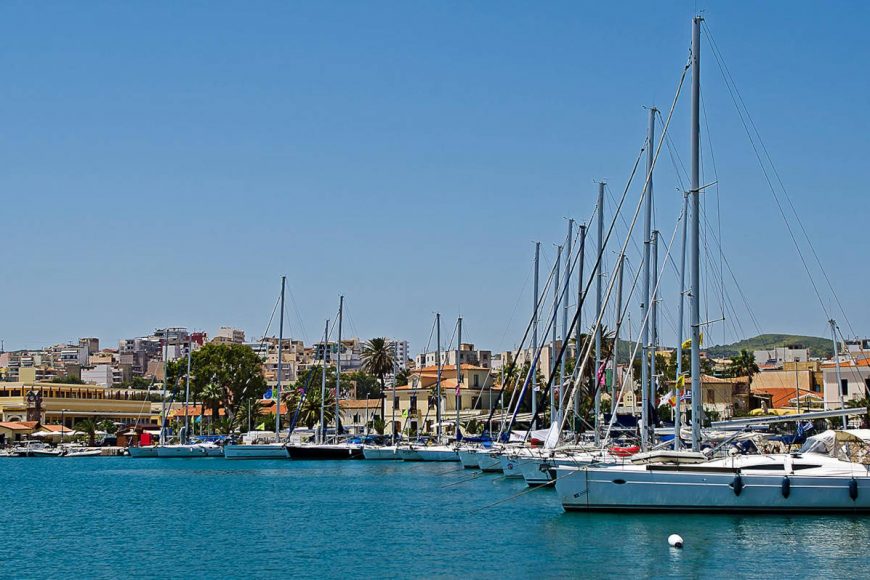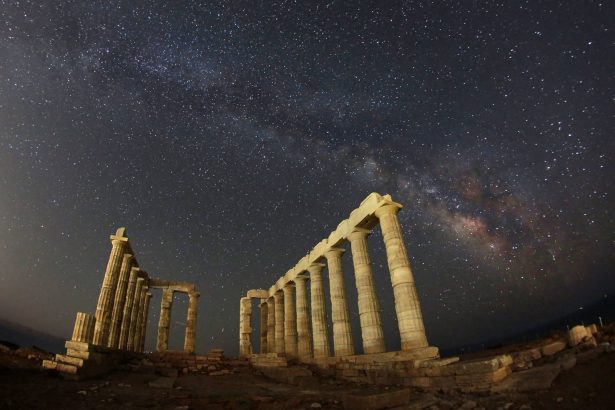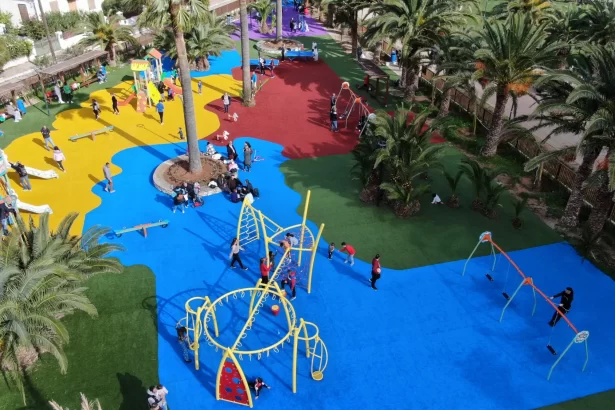The name Lavreotiki comes from the word “lavra” or “lavri” which means alley, narrow passage, tunnel, characteristic of the area, which is scattered by ancient and new mining galleries.
Lavrio was one of the most important new cities in Greece of the last century, with particular interest in the international arena. It was the first workers’ settlement that was built from the beginning in the newly formed Greek state according to the model of a “company town”. The founding of Lavrio and the exploitation of its rich subsoil are directly related to the effort of the new Greek state of the 19th century to develop its wealth-producing resources and industry.
The ancient Greeks started the mining activity before 3,000 BC. The systematic and intensive exploitation of silver ores begins with the birth of the Athenian Republic in 508 BC. The silver of Lavrio, in combination with the taxes of the allies, offered the necessary financing for the construction of the immortal monuments of the Golden Age of Pericles as well as for the military equipment of Athens, during the Persian Wars. After classical antiquity, all serious mining and metallurgical activity ceased and many centuries followed.
On the north side of the port of Lavrio stands the imposing and rusty Iron Ladder of the French Company and catches the eye of the visitor with its windbreak “ornaments” and transports him to the era of intense metallurgical activities of Lavrio. Skala was built in 1888 for easier loading on ore ships for export to France.
About Lavrio




